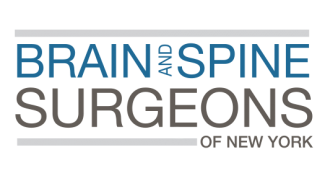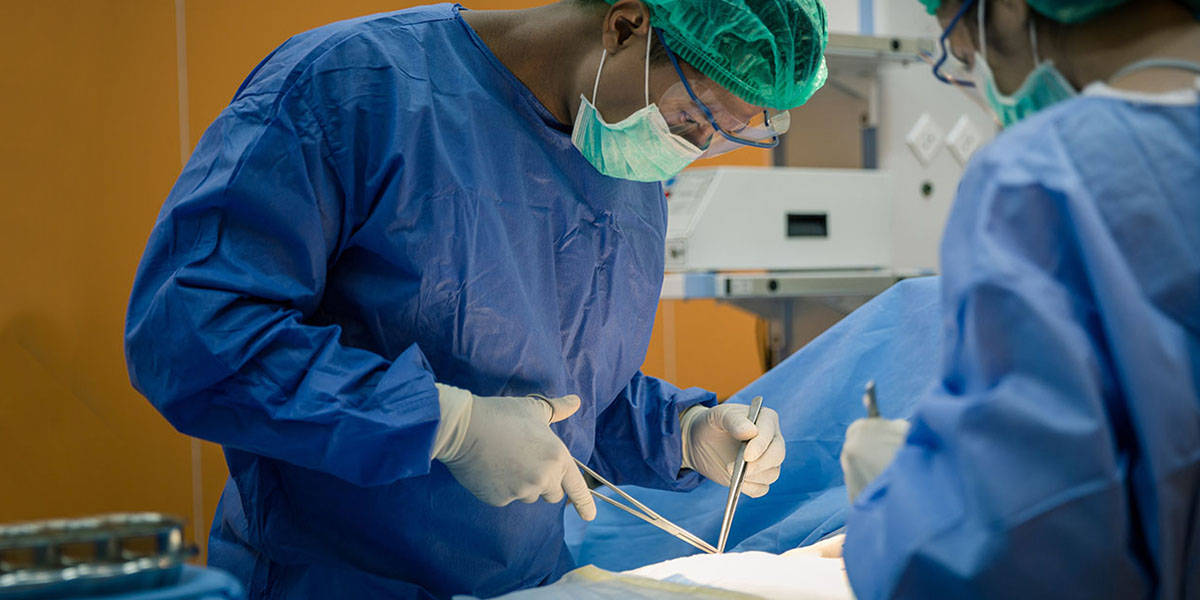
Spinal Cord Stimulation
People who suffer from chronic pain that isn’t sufficiently relieved by conservative, nonsurgical treatments may finally find relief through Spinal Cord Stimulation (SCS).
BSSNY physicians use SCS to treat and manage different types of chronic pain, including:
- Nerve-related back pain
- Spinal cord injuries
- Post-surgical pain
- Arachnoiditis (painful inflammation of the arachnoid, a thin membrane that covers the brain and spinal cord)
SCS masks pain signals before they reach the brain. A small device delivers electrical pulses to the spinal cord and helps people better manage chronic pain and reduce their use of opioid medications. The device is surgically placed under your skin and sends a mild electric current to your spinal cord via thin wires. When turned on, the SCS stimulates the nerves at the source of the pain, masking the pain signals from reaching the brain.
Although not all patients are candidates for SCS, treatment may prove effective when:
◦ Conservative therapies have failed
◦ Additional surgery would not be beneficial
◦ The pain is caused by a correctable problem and should be fixed
◦ The prospect of surgery is not desired because of the risks or recovery
◦ You do not have untreated depression or drug addiction
◦ No existing medical conditions would keep you from undergoing implantation
The Procedure
During the SCS procedure, a small device similar to a pacemaker is surgically implanted under the skin, in close proximity to the spine. The device – called a neurostimulator – then sends a mild electric current to the spinal cord. Thin wires – called leads – carry current from a pulse generator to the nerve fibers of the spinal cord. When activated, the SCS stimulates the nerves in the area where pain is felt. Pain is reduced because the electrical pulses modify and mask the pain signals before they reach your brain.










